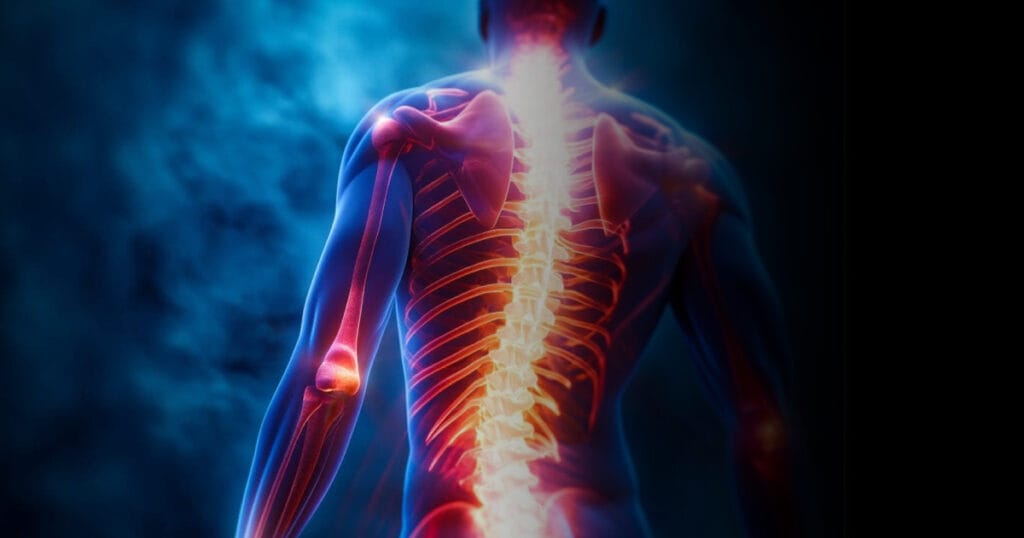Tendinitis and Sports Injuries: Causes, Symptoms and Treatment Methods
Tendinitis is a condition in which the tendons become inflamed due to overuse or repetitive stress. Tendons are strong and flexible tissues that connect muscles to bones. Tendonitis is a common type of injury, especially in individuals who play sports, and often leads to pain, limitation of movement, and loss of performance. In this article, we will consider in detail the relationship of tendonitis with sports injuries, its common types and methods of treatment.
What is Tendinitis?
Tendonitis occurs when the tendons become irritated or inflamed due to overuse. Prolonged repetitive movements are the most common cause of tendonitis. Although this condition is common in athletes, anyone can develop tendonitis.
Common Types of Tendonitis in Athletes
1. Achilles Tendonitis
- Definition: The Achilles tendon is a strong tendon that connects the calf muscles to the heel bone. It can become inflamed due to overload during activities such as running, jumping, or changing direction quickly.
- Symptoms: Pain radiating from the calf to the heel, swelling and tenderness along the tendon.
- Risk Groups: Runners, basketball players, football players.
2. Patellar Tendinitis (Leaping Knee)
- Definition: It is an inflammation of the patellar tendon that connects the kneecap to the tibia as a result of overuse.
- Symptoms: Pain in the front of the knee, tenderness that is exacerbated when squatting or jumping.
- Risk Groups: Those involved in basketball, volleyball and high jump.
3. Rotator Cuff Tendinitis
- Definition: It is an inflammation of the tendons that connect the rotator cuff muscles in the shoulder to the bone.
- Symptoms: Pain in the shoulder, clicking sensation during movement and limitation of movement.
- Risk Groups: Swimmers, tennis players, baseball and volleyball players.
4. Lateral Epicondylitis (Tennis Elbow)
- Definition: It is an inflammation of the tendons of the muscles that lift the wrist. It occurs as a result of overuse.
- Symptoms: Pain on the outside of the elbow, tenderness when grasping.
- Risk Groups: Tennis players, table tennis players, golfers.
5. Medial Epicondylitis (Golfer’s Elbow)
- Definition: It is an inflammation of the tendons of the muscles that pull the wrist down.
- Symptoms: Pain and tenderness on the inside of the elbow.
- Risk Groups: Golfers, baseball players.
Causes of Tendinitis
- Overuse: The tendon constantly makes the same movement in sports or daily activities.
- Poor Technique or Improper Equipment: Incorrect sports techniques or use of inappropriate shoes/suits.
- Sudden Loading: Starting intense workouts or activities without preparing the body.
- Aging: The risk of tendonitis increases with the decrease in tendon elasticity.
Symptoms of Tendinitis
- Pain and tenderness along the tendon.
- Increased pain during movement.
- Swelling and slight redness on the tendon.
- Limitation of movement and loss of strength.
Tendinitis Treatment Options
1. Conservative Treatment
A large part of tendinitis can be treated with non-surgical methods.
- RICE Protocol: Rest, ice application, compression, and elevation.
- Anti-inflammatory Drugs: Medications such as ibuprofen can be used to reduce pain and inflammation.
- Physical Therapy: Exercises that increase tendon flexibility and restore strength are applied. Especially eccentric exercises are effective in the treatment of tendons.
- Orthotics and Support: Supportive devices can be used to prevent a load on the injury site.
2. Injection Treatments
- PRP and PRGF: It is a treatment method that accelerates the natural healing process of the tendon.
- Corticosteroid Injection: It can be applied to control inflammation, but should be used with caution.
3. Surgical Treatment
- In cases where the tendon ruptures or conservative treatment is not effective, surgical intervention may be required.
- The rehabilitation process after surgery is vital to strengthen the tendon and return it to its former function.
Rehabilitation Process
A correct rehabilitation process is essential for the success of tendinitis treatment:
- Acute Period: Low-intensity movements and rest to reduce swelling and pain.
- Middle Term: Exercises to increase muscle strength and tendon elasticity.
- Late Period: Functional exercises and sport-specific activities in preparation for return to sports.
Ways to Prevent Tendinitis
- Proper Warm-Up and Cool-Down: Prepare muscles and tendons by taking enough time before and after sports activities.
- Equipment Selection: Use shoes, rackets, or other equipment appropriate for the type of sport.
- Variety of Exercises: Avoid doing the same movements all the time, diversify your training program.
- Workout Intensity: Gradually increase the intensity and duration of the workout.
- Flexibility Exercises: Reduce the risk of injury by increasing muscle and tendon flexibility.
Tendonitis can be completely cured with proper diagnosis and treatment. Prevention and effective treatment of tendonitis in athletes minimizes the loss of performance, while also preventing repetitive injuries. If you are experiencing symptoms of tendonitis, contact a healthcare professional for a professional evaluation. You can enjoy an active life by maintaining your tendon health!

